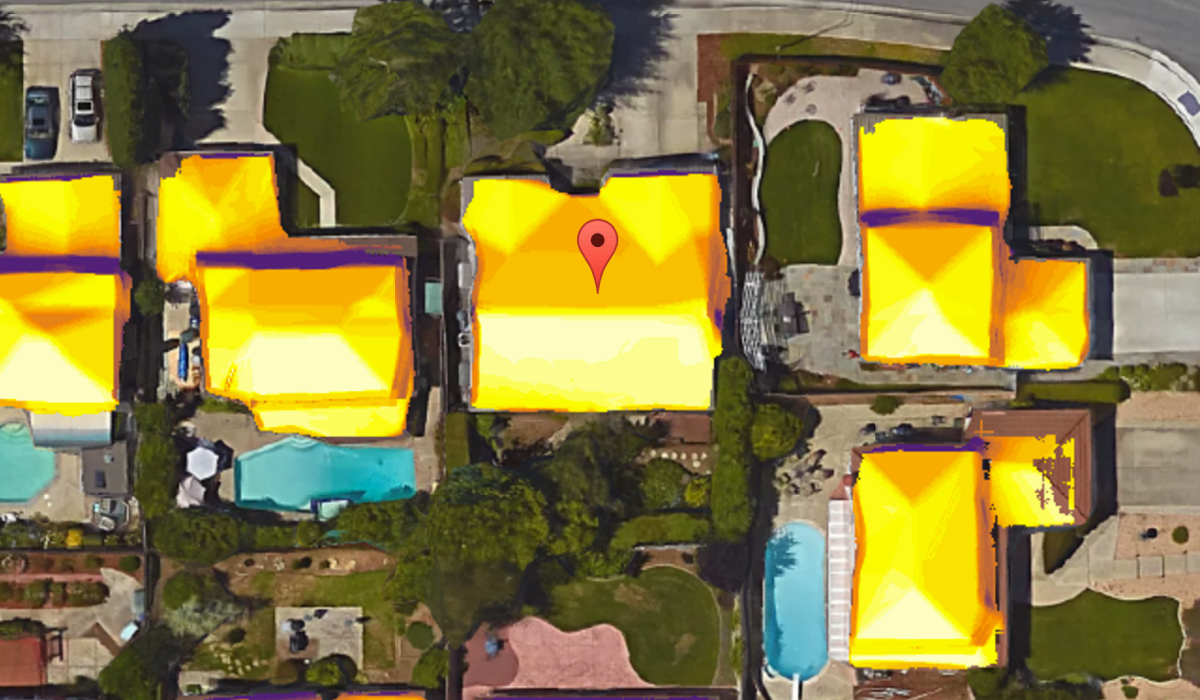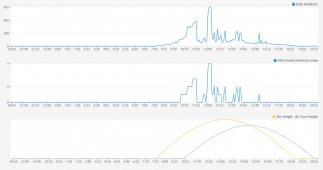total noob here .. so i apologize in advance for the stupid question.
Looking into Solar panels/batteries/inverters for the first time in my life … Is there a gadget, sensor that I can mount of my roof or side of house or yard to see where I get most sunlight ? or something I can gauge how many hrs. sunlight I get in a day ?
I want to be able to mount it then measure for a few days then re-mount it in another spot ? I live in a wooded area and I'm trying to see which trees to trim back and find the most optimal spot to mount panels.
TY so much in advance.
Looking into Solar panels/batteries/inverters for the first time in my life … Is there a gadget, sensor that I can mount of my roof or side of house or yard to see where I get most sunlight ? or something I can gauge how many hrs. sunlight I get in a day ?
I want to be able to mount it then measure for a few days then re-mount it in another spot ? I live in a wooded area and I'm trying to see which trees to trim back and find the most optimal spot to mount panels.
TY so much in advance.





